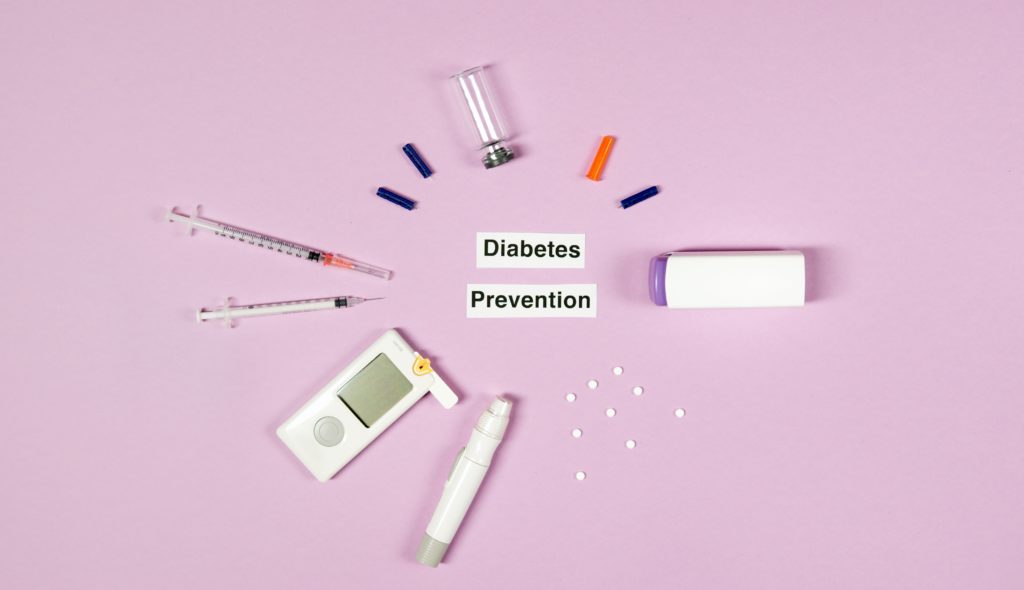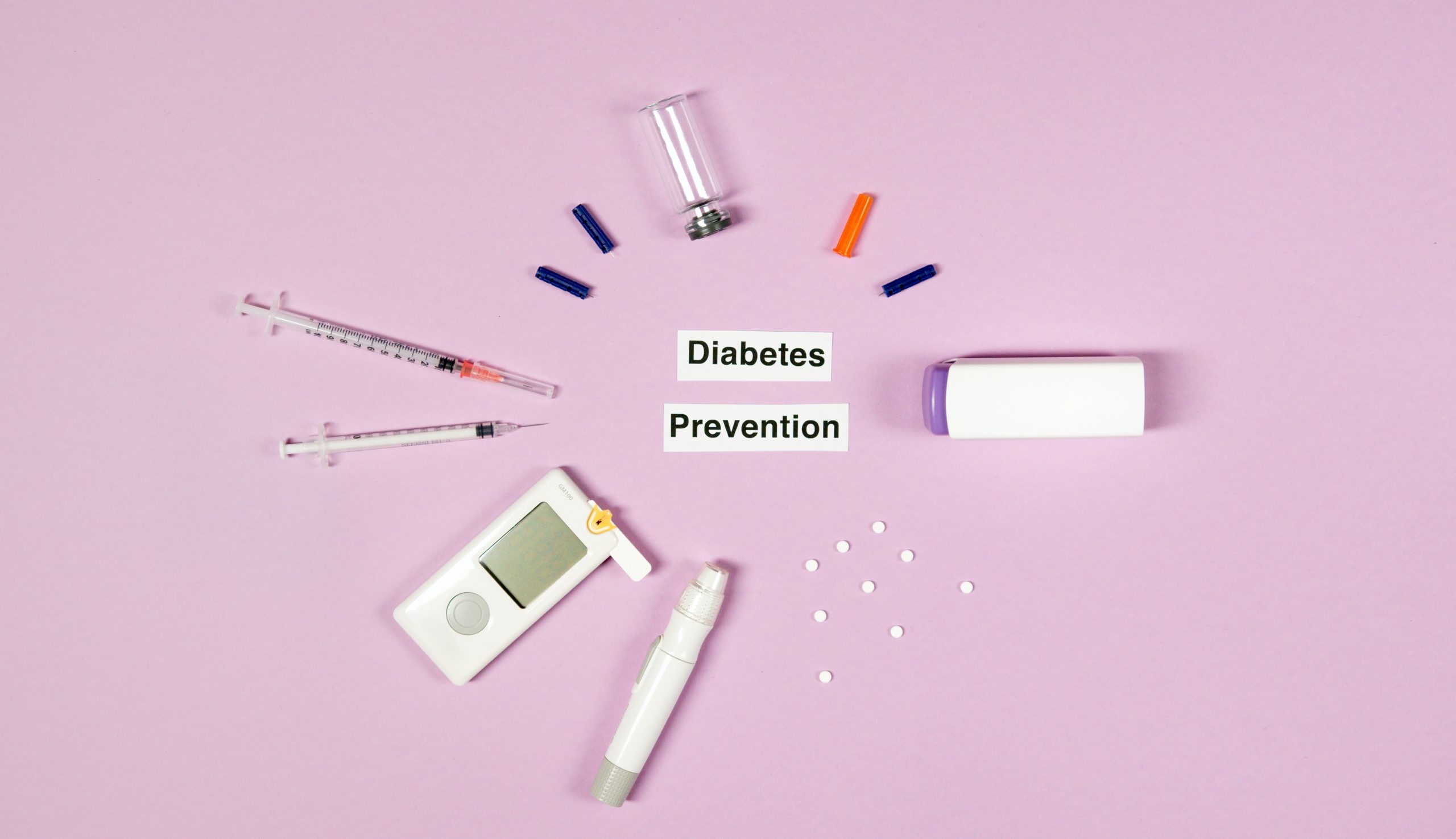In some way or another, diabetes affects every person. You may have type 1 or type 2 diabetes or know someone who does. Learning more about diabetes and creating an action plan can help you live a healthier and normal life.
What is Diabetes
Diabetes is a chronic health condition that occurs when the pancreas is not able to make enough insulin to keep blood glucose within the normal range. This condition is associated with the resistance to the effect of insulin, which affects how the body process food into energy. In the long run, high glucose levels can result in damages to the body and the failure of organs and tissues. Diabetes is also a major cause of stroke, kidney failure, blindness, and coronary heart disease.
Once diagnosed with diabetes, you need to start changing your diet and overall lifestyle to stay healthy and better manage your condition. Work with your doctor to reassess your priorities and make a diabetes action plan.
A Diabetes Action plan reflects the current challenges of people living with diabetes. It also contains actions to improve the prevention, treatment, and care for people with this condition.
Here are some tips to get you started.
1. Set personal goals
You need to set personal goals to manage your diabetes in the way that is best for you. The American Diabetes Association (A.D.A.) recommends “S.M.A.R.T.” guidelines when setting goals.
- Specific – Know exactly what you want to achieve.
- Measurable – Make sure that your progress can be measurable. In that way, you will know when you’ve hit the goal.
- Attainable – You need to have a way or resources to achieve your goal. If some element or factor is missing, find out how you can get it.
- Realistic – The goal should be something that you know you can achieve. You need to show commitment to it, not just an obligation.
- Time-specific – Set a realistic deadline for yourself to meet your goals.
- Know your diabetes A.B.C.s.
Talk to your doctor about managing your A1c(HbA1c), Blood pressure, and Cholesterol. This guide can help you lower the chance of having a stroke, heart attack, and other complications related to diabetes.
2. Apply General Care
If you are feeling well and your blood sugar level is within normal range, continue with your routine. It is best to keep notes in your diabetes diary.
If your blood sugar reading tests out to be a little higher or lower than normal, slow down your activities. Write the result in your diary and repeat the test after an hour.
3. Emergency preparation
Several factors can cause your blood sugar levels to fall dangerously low, resulting in hypoglycemia. These include too much insulin intake, strenuous exercise, and drinking alcohol on an empty stomach. Not everyone can detect the early onset of hypoglycemia.
For this reason, it is important to involve others in your diabetes emergency plan. Inform your family members, coworkers, and close friends of the common signs of hypoglycemia. These include palpitations, dizziness, mood and behavioural changes, tingling lips, shaking, or trembling.
Moderate to severe symptoms should be spotted early to be able to ask for help. Make sure to dial triple zero (000) for signs of a diabetic emergency.
4. Learn how to live with diabetes
It is easy to fall into overwhelming feelings of sadness and anger when you are living with diabetes. The best way to cope with a negative feeling is to focus on living a normal life despite your condition.
Know the steps to take to stay healthy and stick with your diabetes care plan at all times.
There you have it, four steps that serve as a guide when creating your diabetes action plan. Should you need more assistance, such as a first aid course for diabetes management, C.P.R. for an emergency, and much more, contact us and one of our staff will be happy to assist you.








